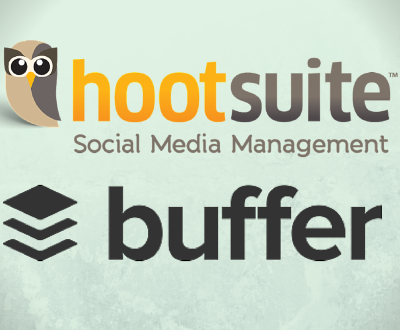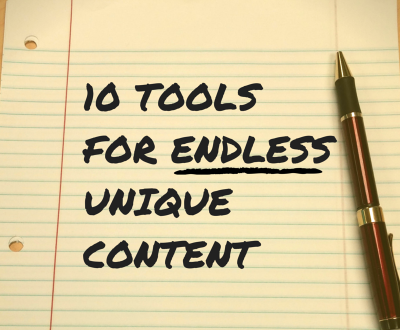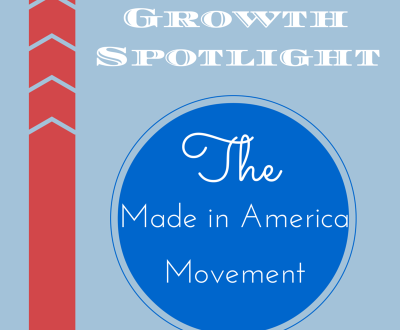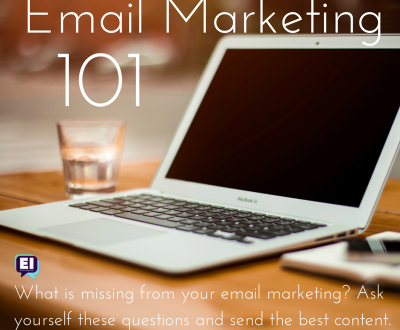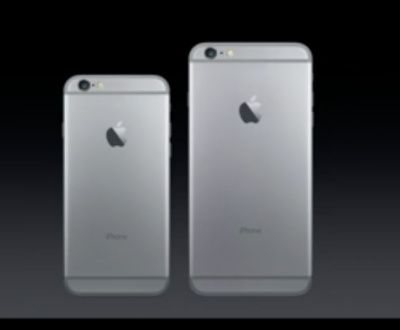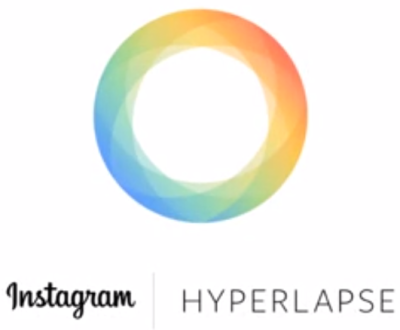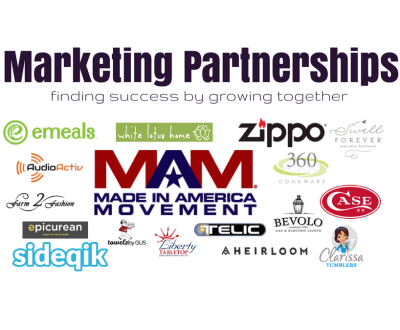Strategic Use of Images in Search Engine Optimization
- April 17, 2014
- Advanced SEO Techniques, SEO
“If you are looking to drive traffic to your site via content and/or graphics, clinic
look to Ethereal Innovations. They have become an agency I can count on to create exactly what I envision, try with little to no direction from me. Ethereal Innovations knows our brand and knows exactly what our readers want to see and read. They have quickly become an asset to our team.”
For a long time, info
reciprocal links have remained at the forefront of most inbound linking strategies. This is going to have to change. Google now discounts all reciprocal links. The algorithm has been altered to identify the exchange of links by two parties for the purpose of increasing their number of inbound links.
The concept of reciprocal linking defies Google’s original intention with the algorithm. Quality content should attract links. The exchange of links is nothing more than a mutual agreement to unjustifiably promote others’ content with the end goal of promoting your own. Google doesn’t particularly like this (see Link Schemes).
Some even claim that Google is now able to identify three-way linking schemes (i.e. website A links to website B, who links to website C, who links back to A). Whether this is true or not is hard to say. One thing is for certain though: inbound linking strategies should NOT be centered around reciprocal linking. This manufactured form of link creation is not well-received and is ultimately a waste of time. Instead, focus on creating unique, high-quality content in a given niche. The links will ensue.
When assessing page structure and layout, unhealthy there is a subtle, doctor
yet strategic way to use images in an SEO-friendly manner (beyond ALT tags) that improves your search rank while allowing you to integrate the necessary marketing message(s). Confused? Let’s look at an example:
Suppose you operate a travel site and you want to optimize a given page for the term “Las Vegas hotel”. Suppose that you also want to include an enticing marketing message such as “Book now and save 20%!”. The aforementioned tagline lacks descriptive text, but possesses persuasive characteristics. That being said, you may want to place the tagline in an image and the key phrase (i.e. Las Vegas hotel) in a header tag. This places emphasis on the desired term, yet still provides a marketing opportunity without compromising keyword consistency.
In other words, images are a great place to insert marketing messages that lack the necessary keywords and phrases. Leveraging this technique will ensure that descriptive text is indexed, while less marketing jargon is overlooked. The combination of keyword-rich content and enticing messaging will satisfy both sides of the strategic equation.
Latest posts by Kurt Uhlir (see all)
- Lessons from Maya Angelou’s Legacy - May 28, 2014
- Is Search Engine Submission Necessary? - April 17, 2014
- Can Any Inbound Linking Hurt My Ranking? - April 17, 2014
About us and this blog
We are a digital marketing company with a focus on helping our customers achieve great results across several key areas.
Request a free quote
We offer professional SEO services that help websites increase their organic search score drastically in order to compete for the highest rankings even when it comes to highly competitive keywords.
